Every detail in documentation sculpts the user’s initial journey

When we create a product, the first interaction with the client is not only critical but also extremely important. When customers receive their order, they don’t just unbox the physical product — they unbox their experience as well. This is where technical documentation comes into play, playing a key role in this process. Let’s look at exactly how unboxing-related documents can improve the user experience and why they are so crucial.
Why is Technical Documentation Important?
Technical documentation, whether it’s instructions, manuals, UI elements, or help files, is the bridge between the product and the user. It helps users understand how to use the product, troubleshoot issues, and feel confident that they are doing everything correctly. In the context of unboxing, documentation serves as a navigator, guiding customers through the steps of opening the packaging and setting up the product.
What Makes Documentation Effective?
- Clarity and Accessibility: Instructions must be written in understandable language, simple and clear. Every user, regardless of their technical skills, should be able to follow the instructions without problems.
- Visual Design: Good documentation design is also important. Visualizing steps through illustrations or graphics not only facilitates understanding but also makes the documentation more appealing.
- Logical Sequence: Instructions should follow a natural logic. The user should be able to go through the unboxing and setup process without feeling confused.
- Engagement: Including personal elements, such as thank you notes or tips, can create a positive emotional response and strengthen the connection between the customer and the brand.
The experience of unboxing a physical product is usually the result of collaborative work between several teams, most often including UX designers, graphic designers, packaging engineers, and documentation writers. Their role is to make this first contact with the product as positive, clear, and memorable as possible for the user.
Technical documentation writers and UX designers share a common goal — to create a positive and effective user experience. Both focus on user needs and strive to facilitate their interaction with the product, whether it is software, hardware, or a service.
Few months ago I watched the latest film with Demi Moore — “The Substance” (2024). The film is a psychological thriller focused on the obsession with youth and fame. Demi Moore plays the role of Elizabeth Sparkle, a former Hollywood star whose desire to regain her former glory and youth leads to horrifying consequences. Facing the decline of her career and popularity, she discovers a mysterious substance that promises to restore her youth.
Elizabeth injects the substance and undergoes a process that leads to a terrifying split — she creates a new, younger version of herself, played by Margaret Qualley, who, however, has an independent identity. Over time, the new “Sue” takes over Elizabeth’s life, including the fame and attention that were once hers, leaving the original Elizabeth in isolation and physical degradation. The film culminates in horrifying scenes when Elizabeth decides to end the process.
So, as we were talking about the experience of unboxing a product, technical documentation, and instructions, here’s what the design of Demi Moore’s unboxing experience in the movie was like.

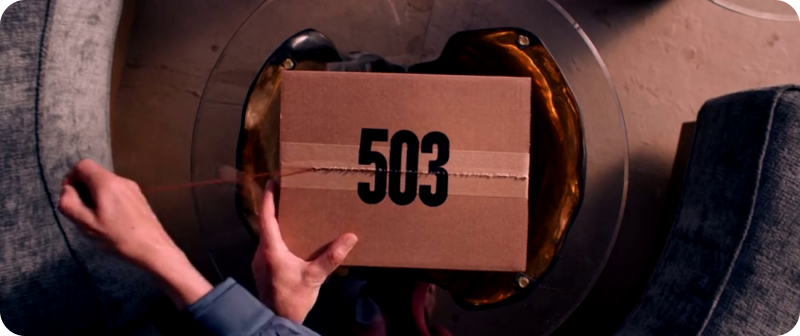
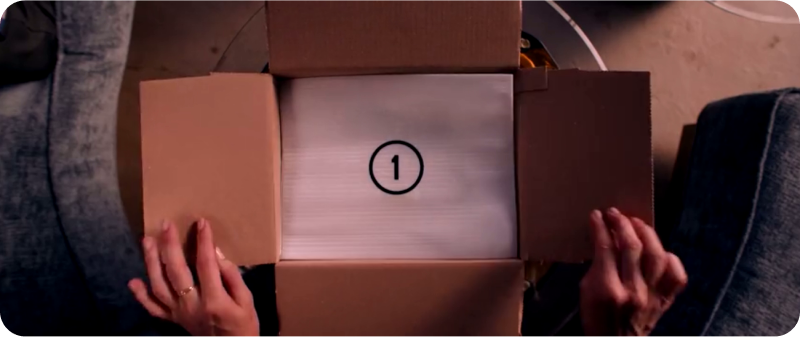
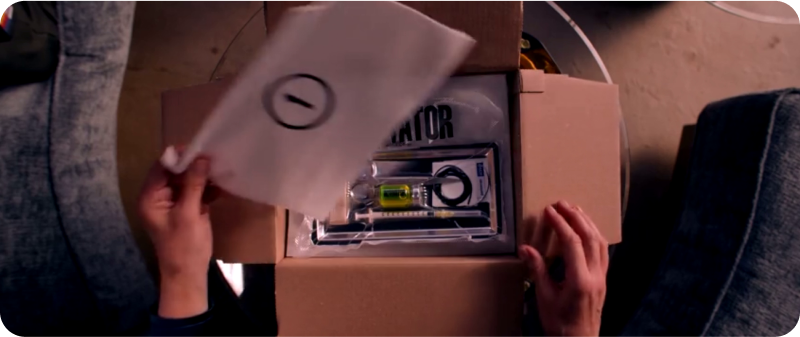
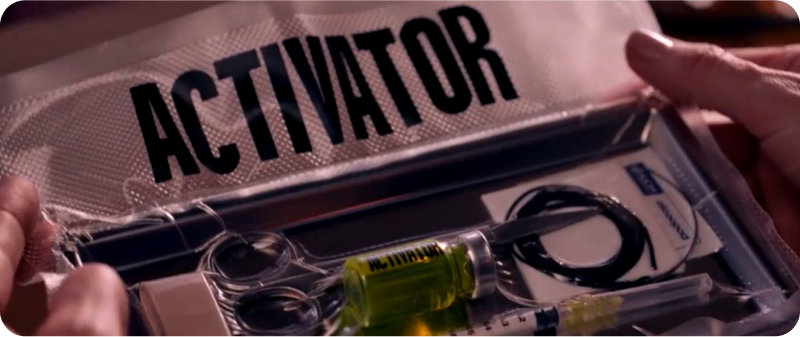
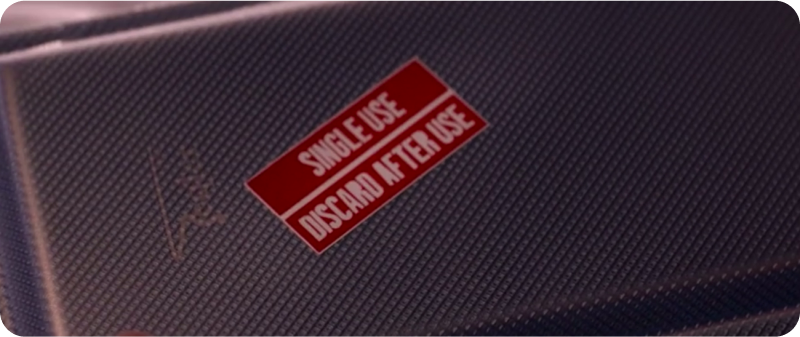

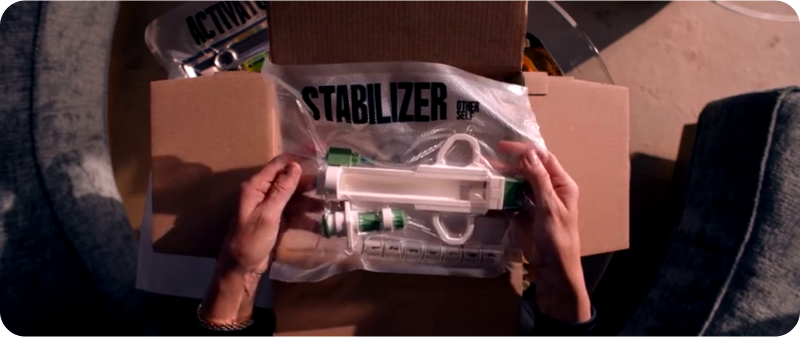
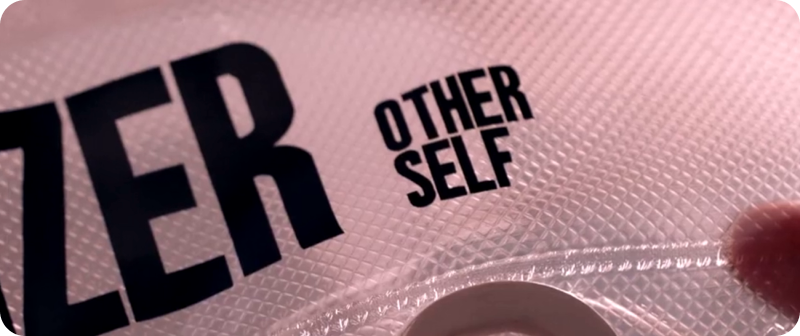
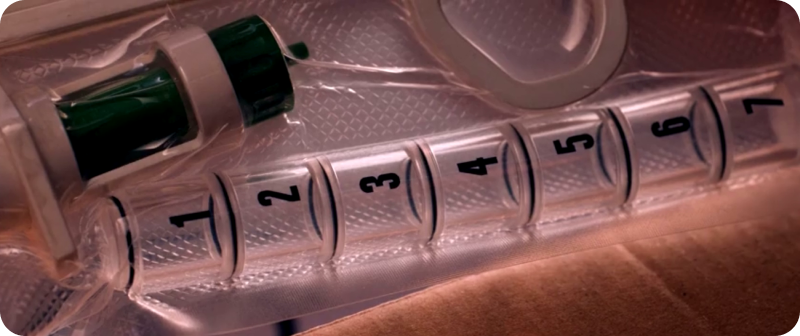
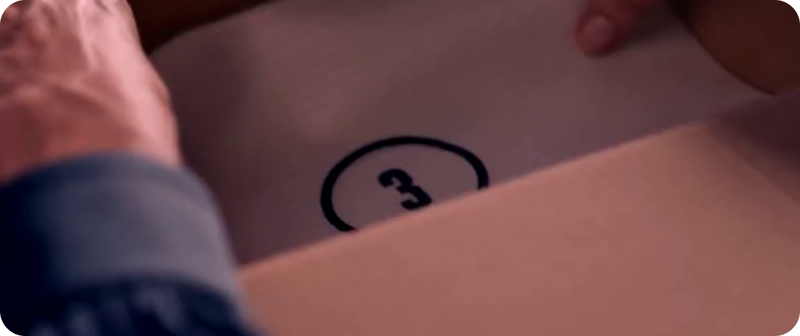
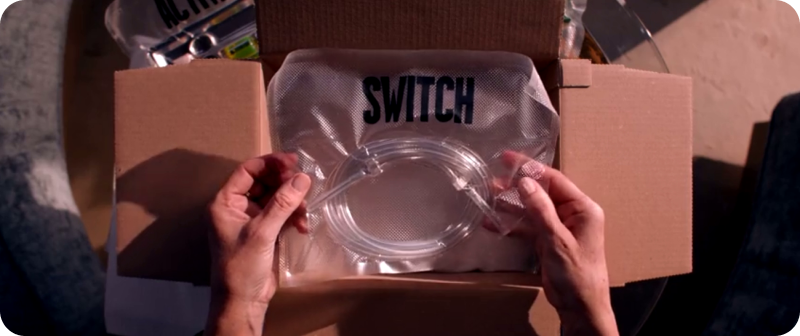
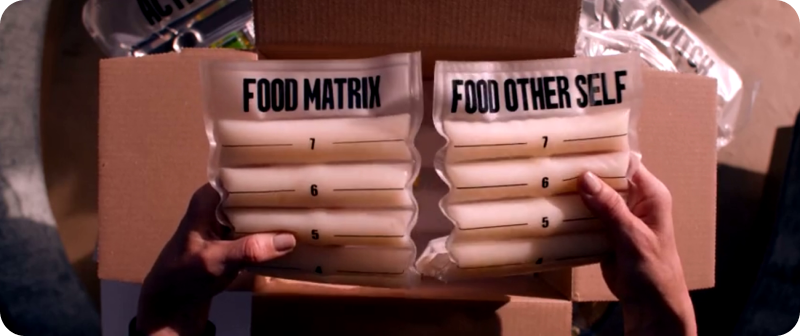
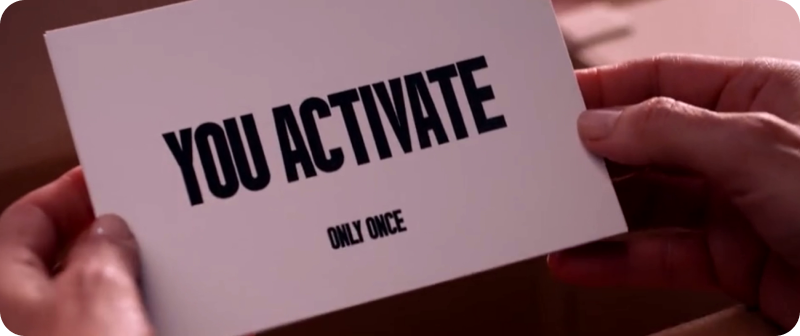
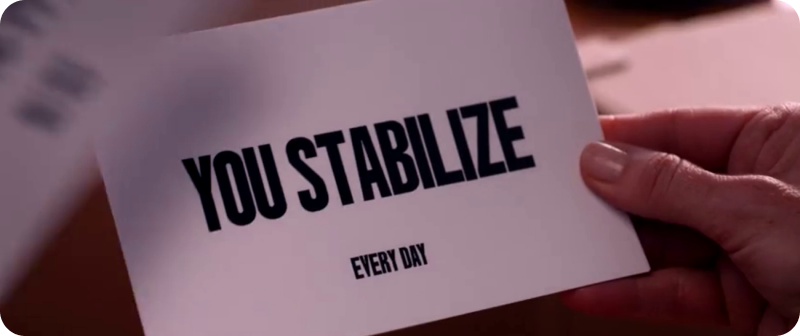
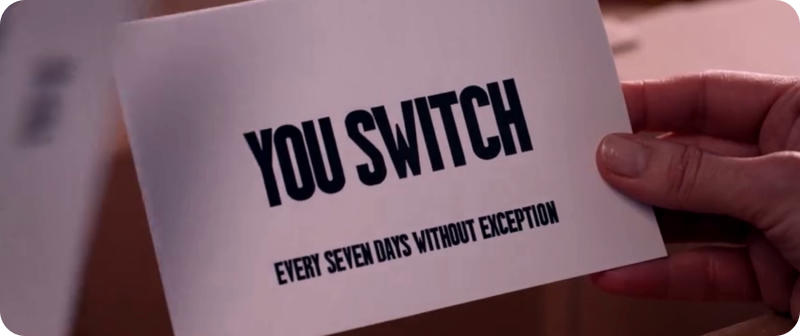
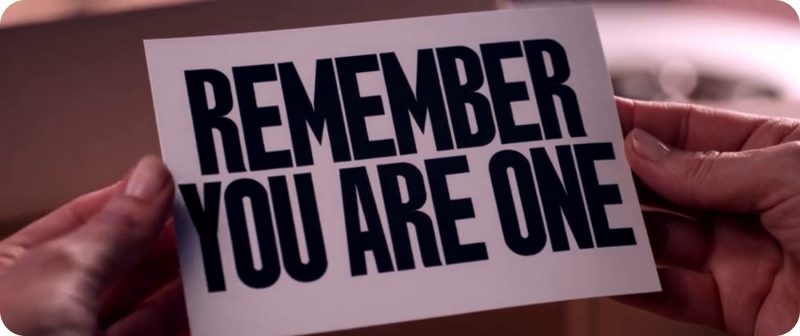
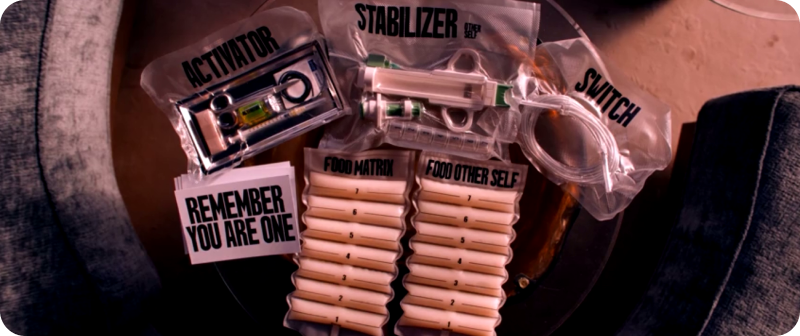
What are your thoughts on the unboxing experience design for the products in the film? Are the instructions clear and understandable, and what would you change? Share in the comments.
UX and User Assistance: There’s been a slight misuse! was originally published in UX Planet on Medium, where people are continuing the conversation by highlighting and responding to this story.